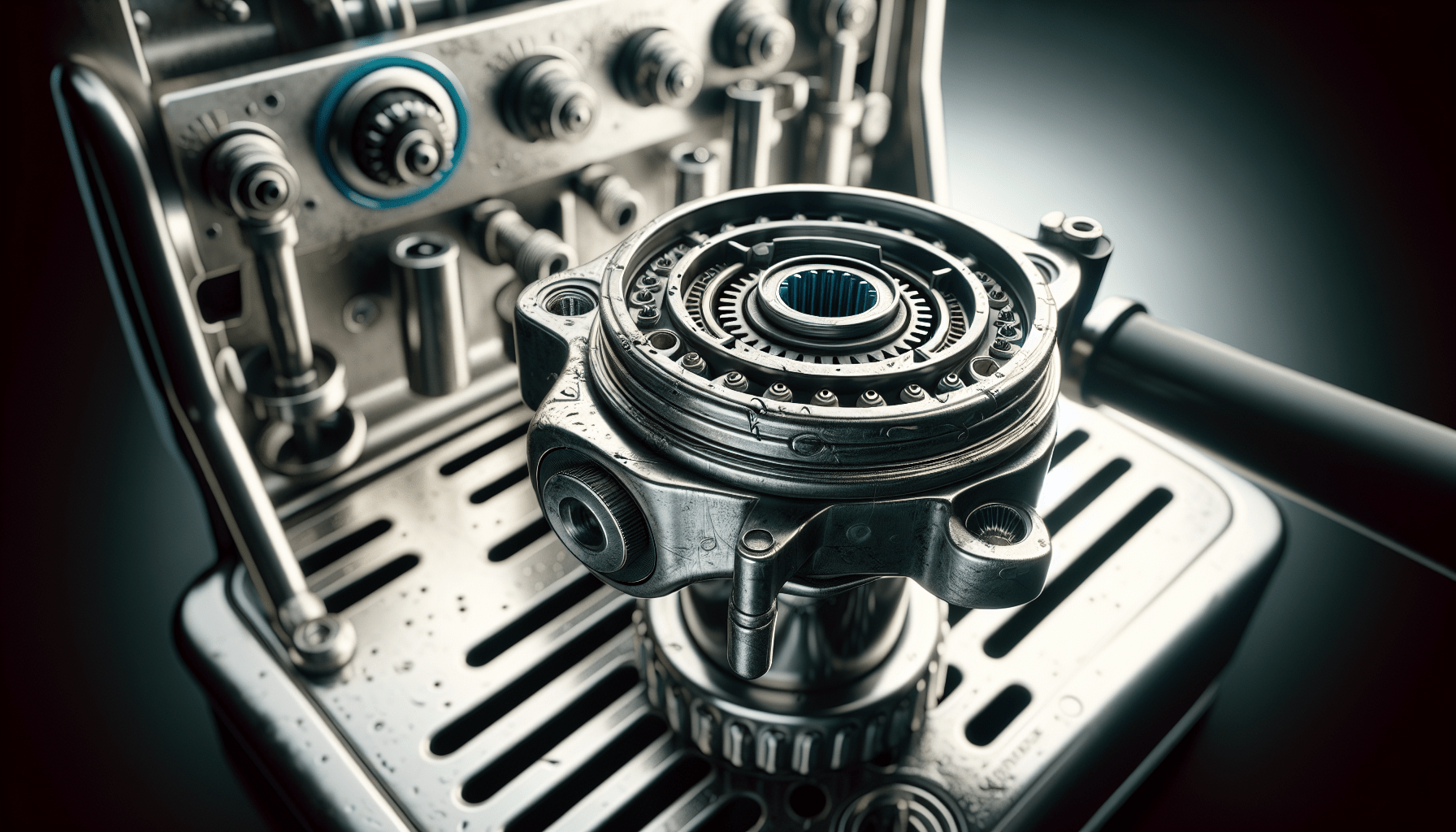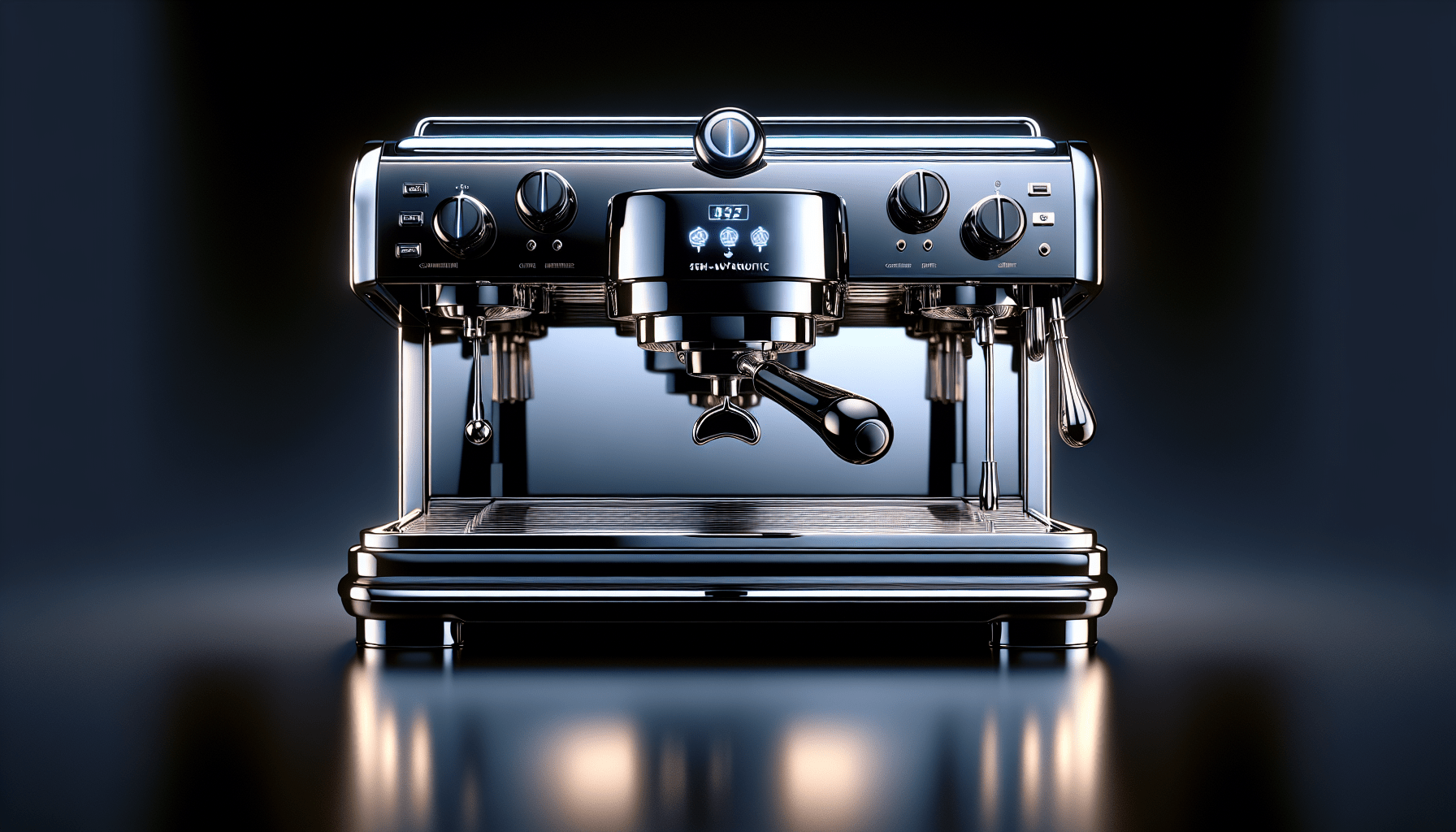Hey there! If you’ve been wondering about when it’s time to replace the gaskets and seals on your semi-automatic espresso machine, this article is for you. By keeping an eye out for key signs, such as leaks, inconsistent pressure, or wear and tear, you can ensure that your machine continues to brew delicious espresso with precision. Let’s dive in and explore the indicators that it’s time to give your machine some TLC by replacing those essential gaskets and seals.
Signs that it’s time to replace gaskets and seals on a semi-automatic espresso machine
If you’re a coffee enthusiast or a barista, you probably understand the importance of maintaining your semi-automatic espresso machine. One crucial aspect of machine maintenance is ensuring that the gaskets and seals are in good condition. But how do you know when it’s time to replace them? In this article, I’ll walk you through the signs that indicate your machine’s gaskets and seals need to be replaced.
What are gaskets and seals in an espresso machine?
Before we dive into the signs that it’s time to replace the gaskets and seals on your semi-automatic espresso machine, let’s first understand what these components are. Gaskets are the rubber or silicone O-rings that create a seal between the different parts of the espresso machine, preventing leaks and ensuring proper pressure during the brewing process. Seals, on the other hand, are typically made of rubber or Teflon and also help prevent leaks and maintain pressure within the machine.
Your espresso shots are weak or taste off
One of the most obvious signs that it’s time to replace the gaskets and seals on your semi-automatic espresso machine is when your espresso shots start coming out weak or tasting off. When the gaskets and seals are worn out or damaged, they can no longer create a proper seal between the different components of the machine, leading to a loss of pressure during the brewing process. This results in under-extracted espresso shots that lack the rich flavor and crema that you’re used to.
There are leaks around the portafilter
Another telltale sign that your machine’s gaskets and seals need to be replaced is if you notice leaks around the portafilter while brewing espresso. The portafilter is where the coffee grounds are placed for brewing, and if the gaskets and seals are compromised, you may experience water leaking from around the edges of the portafilter. This not only results in a messy countertop but also indicates that the pressure within the machine is not being properly maintained due to faulty seals.
The steam wand is not frothing milk properly
If you use your semi-automatic espresso machine to make milk-based drinks such as lattes or cappuccinos, you may notice that the steam wand is not frothing the milk properly. This could be a sign that the seals around the steam wand are worn out, causing steam to escape and affecting the machine’s ability to properly froth the milk. Replacing the seals on the steam wand can help restore its functionality and ensure that you’re able to create perfectly frothed milk for your drinks.
You hear a hissing sound during the brewing process
A less obvious but still important sign that it’s time to replace the gaskets and seals on your espresso machine is if you hear a hissing sound during the brewing process. This sound indicates that there is a leak somewhere in the machine, most likely caused by worn-out or damaged gaskets or seals. Even if you don’t notice any visible leaks, the hissing sound is a clear indicator that pressure is escaping and that the performance of your machine is being compromised.
The group head is leaking water
The group head is the part of the espresso machine where the portafilter attaches for brewing espresso. If you notice water leaking from the group head when you’re not brewing espresso, it’s a sign that the gaskets and seals in this area need to be replaced. Over time, the constant exposure to heat and pressure can cause the gaskets and seals to deteriorate, leading to leaks from the group head. Replacing these components will ensure that the seal is maintained and prevent any further leaks.
Your machine is not holding consistent pressure
Consistent pressure is crucial for brewing a perfect espresso shot, and if your semi-automatic espresso machine is not holding pressure consistently, it could be a sign that the gaskets and seals need to be replaced. When these components are worn out, they are unable to create a tight seal, resulting in fluctuations in pressure during the brewing process. This can lead to inconsistent extraction and affect the overall quality of your espresso shots.
The water reservoir is leaking
If you notice water leaking from the water reservoir of your espresso machine, it may be due to worn-out or damaged gaskets and seals. The water reservoir is where the machine stores the water needed for brewing espresso, and if the gaskets and seals in this area are compromised, water may leak out, causing a mess and potentially damaging the machine. Replacing the gaskets and seals will help prevent any further leaks and ensure that the water reservoir functions properly.
Conclusion
Maintaining your semi-automatic espresso machine is essential for ensuring that you continue to enjoy high-quality espresso drinks at home or in your café. By paying attention to the signs that indicate it’s time to replace the gaskets and seals on your machine, you can prevent leaks, maintain consistent pressure, and ultimately prolong the life of your espresso machine. If you notice any of the signs discussed in this article, it’s a good idea to inspect the gaskets and seals and replace them as needed to keep your machine running smoothly. By taking care of these small but crucial components, you can continue to brew delicious espresso drinks for years to come.




